Stonehenge saviour's picture unearthed after 100 years
- Published
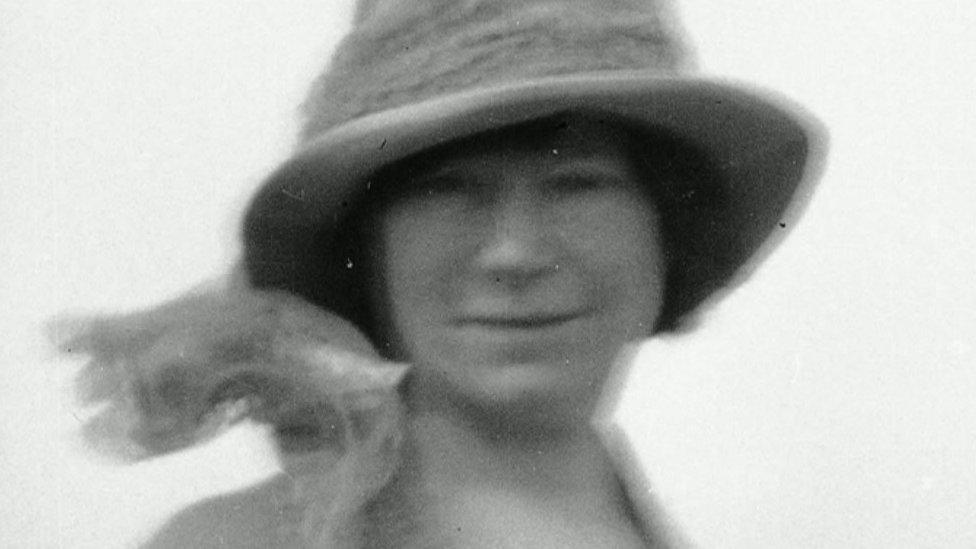
This photo of Lady Mary Chubb has been unearthed after nearly 100 years
Pictures of a woman whose fortune was used to buy Stonehenge have been discovered after nearly 100 years.
Sir Cecil Chubb bought the monument for his wife Lady Chubb on a whim at auction in 1915, using £6,600 of her £100,000 fortune.
Stonehenge then passed into public ownership in 1918 via a deed of gift.
It was thought no pictures existed of Lady Chubb, but a set of three has now been unearthed following a BBC appeal.
Jane Hills' great-grandmother went on a cruise with the Chubbs in 1924 and kept the photographs which were taken onboard.
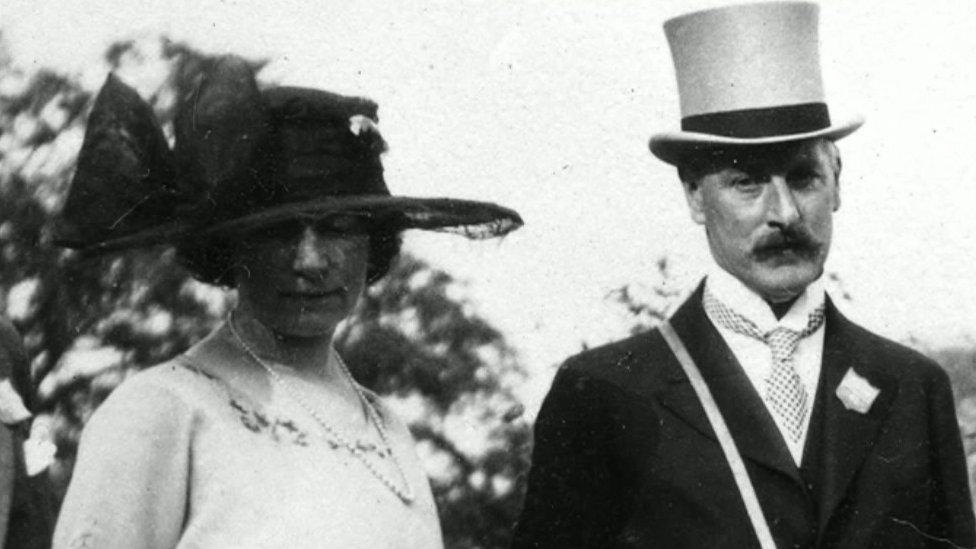
One of the newly discovered photos of Lady Chubb, with her husband Sir Cecil
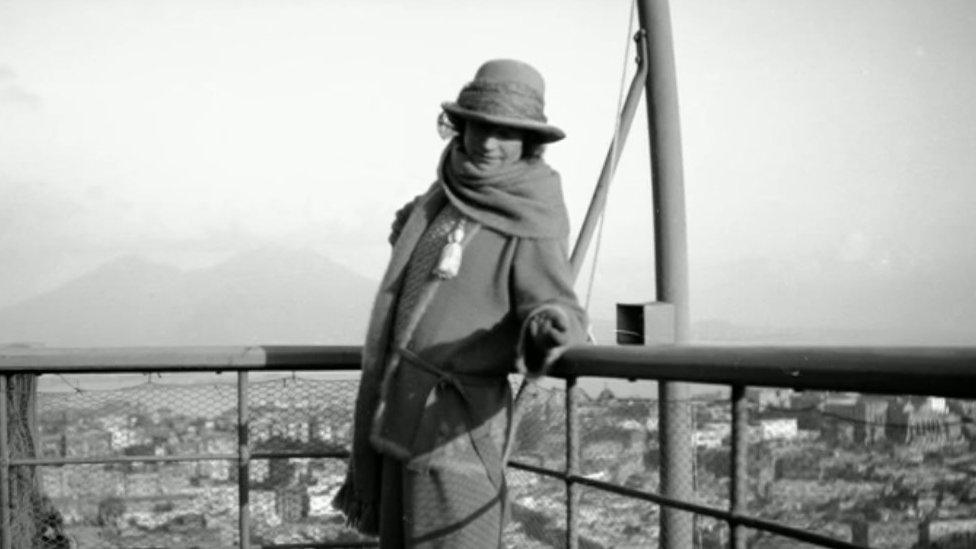
Lady Chubb is pictured on a cruise in 1924 in another of the new photos
Brian Edwards, a visiting research fellow at the regional history centre, at the University of the West of England, has documented the lives of has documented the lives of Sir Cecil and Lady Chubb, who became two of the wealthiest people in Salisbury.
Sir Cecil was knighted a year after Stonehenge was gifted to the nation.
Mr Edwards said: "Jane Hills' great-grandmother was on a cruise with the Chubbs in 1924 and had a camera with her, fortunately, and took lots of photographs."
Lady Chubb received a "legacy" in 1905 of £100,000 - the equivalent of nearly £8m today.
Her husband used part of this money to buy the Stonehenge site at the auction in 1915, Mr Edwards claims.
"She was absolutely crucial to this story because, without her legacy, Stonehenge would never have been purchased," he added.
A photograph of a then 50-year-old Sir Cecil 'with Mary', taken in 1926, mistook his 19-year-old daughter Mary Cecilia Chubb for her mother.
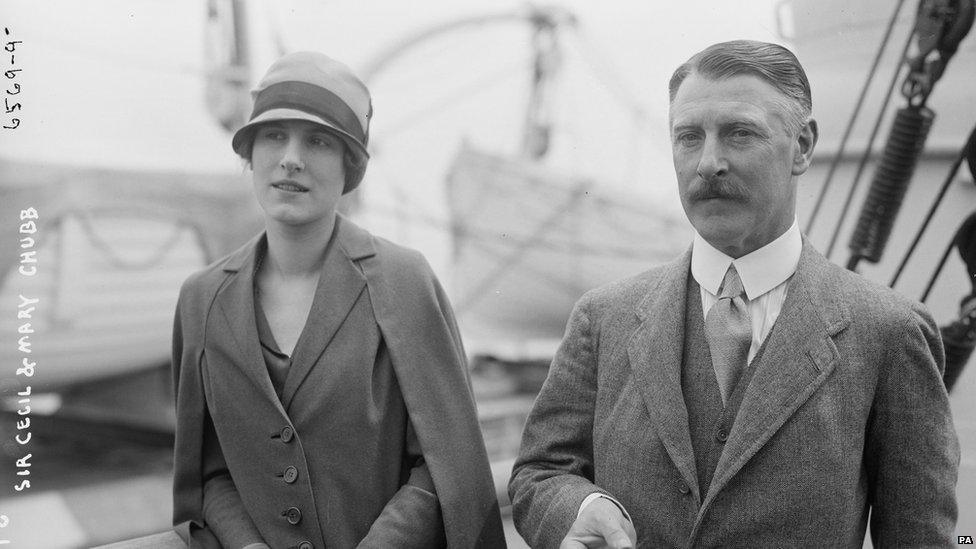
Sir Cecil Chubb with his daughter Mary, in a photo which has seen her mistaken for his wife
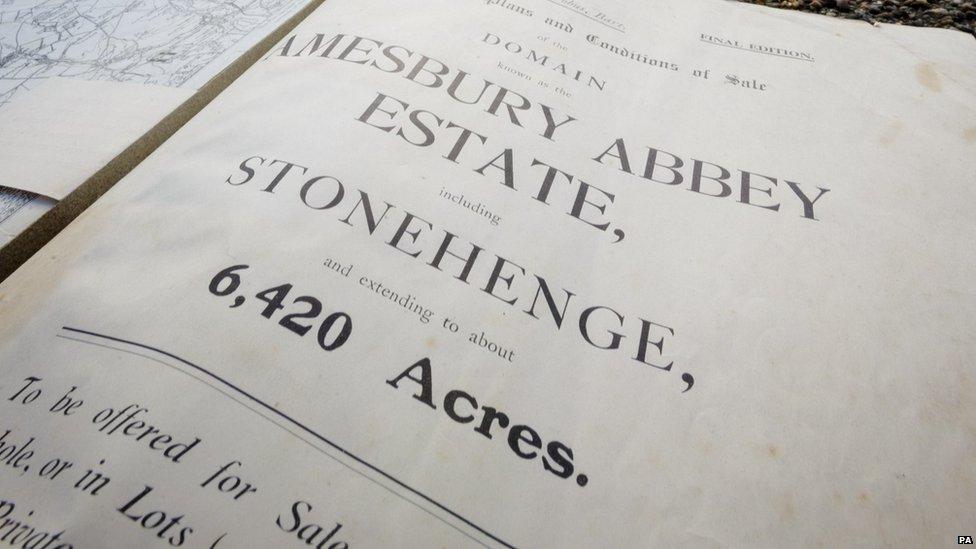
Sir Cecil Chubb bought Stonehenge for his wife on a whim at an auction in 1915
To mark the 100th anniversary of Sir Cecil's Stonehenge donation, a series of events is taking place - including a cricket tournament in the village where he was born.
When playing for his school cricket XI against a team at Fisherton House Asylum - then the largest asylum in Victorian England - he met Mary Fern, who went on to become his wife.
- Published22 September 2015
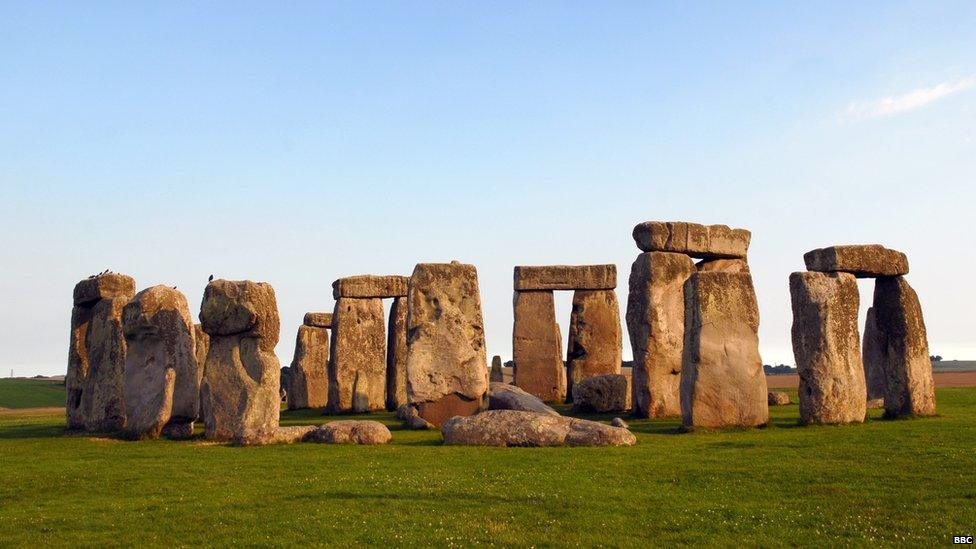
- Published21 September 2015
